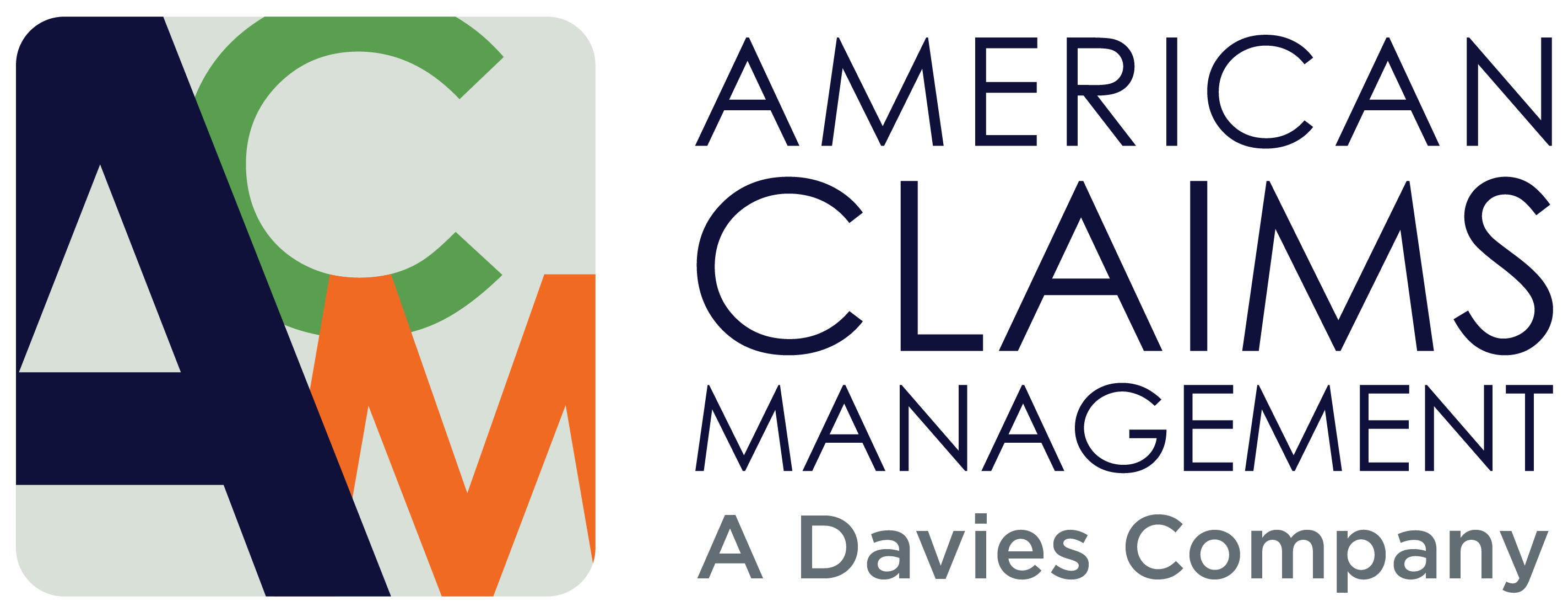Scheduling a regular retail safety audit can help lower liability
With your retail insureds, safety may not be a top concern as are inventory control, employees and bookkeeping. But all it takes is one customer with eyes on their phone tripping at the store’s entrance, a child who runs and falls, a spilled drink, an elderly person with poor eyesight, an employee inadvertently blocking an aisle or causing a trip hazards…. The list is endless. And so is their potential risk.
That’s why we recommend using a retail safety audit. This checklist is fairly comprehensive, helping you to better keep an eye on potential issues that may impact the safety of customers, employees – even themselves. We recommend you share this blogpost and the audit with your retail clients.
Download the retail safety audit.
A commitment to health and safety makes good business sense. Workplace accidents can be financially devastating for small-to-mid-sized business, when you consider workers’ benefit costs, liability or damage to property and stock. With a good health and safety program in place, your retailers can focus their efforts on growing their businesses.
How to start a retail safety audit
A proactive approach can help prevent most workplace injuries and illnesses. The steps to follow include identifying workplace hazards, assessing the risks and finding ways to eliminate or minimize the risks. Suggest they involve their workers during all three steps of the risk management process, as they can offer valuable suggestions.
1. Identify workplace hazards. Go over every area of your retail space, looking for hazards and thinking about what could possibly go wrong. For example, you may discover that workers are at risk when they work alone at night or that they face a greater risk of violence when dealing with the public during certain hours.
Related: Tips for working with an aging workforce
2. Prioritize the risks that each hazard presents. Which hazards should be dealt with immediately, and which ones can you delay for a bit?
3. Control the risks by eliminating or minimizing them. If possible, eliminate the risks completely. If this is unrealistic, minimize the risks as much as possible. The following are examples of risk control:
- Change your workplace design. For example, store stock at lower heights so workers don’t have to climb ladders to retrieve it. Add a first aid kit under the register.
- Revise work procedures. For example, tell workers to use main entrances, not secluded or rear exits, when leaving work to prevent incidents of violence.
Related: Why you need a workplace violence training program
- Make physical changes to your shop. You may consider adding more lighting, security cameras or a panic button at the cash register. Check store entrances and restrooms for any slip hazards. Inspect the parking lot for uneven pavement or trip hazards. Define pedestrian areas and walkways. Clearly designate which areas are off-limits to customers. Add bollards in front of your entrance and front windows to prevent vehicles from crashing in.
Next step: Provide written safe work procedures
It’s a problem common with all retailers: Your workforce is fleeting. You may train them in all procedures, but in just a few months, they’ve left for a higher-paying job. Safety training is a real challenge for retail employers. One option is to provide a short monthly safety bulletin highlighting a different issue, from shoplifting to ergonomics. Regardless of how you convey your safety information, be sure you provide clear, written instructions as to how work should be carried out safely, from using special equipment to dealing with shoplifters or working alone. Your written procedures must list any required personal protective equipment, when it must be used, and where workers can find it.
Example: Manual lifting
We’ve provided an example to give you an idea of how much detail to include in a typical written safe work procedure.
1. To prepare for manual lifting, do the following:
- Keep your feet apart, with one foot along the side and one foot behind the object you are lifting.
- Keep your back straight, nearly vertical.
- Keep your knees bent.
- Use your full palm to grip the object.
- Tuck your elbows in and hold the load close to your body.
2. When lifting, do the following:
- Keep your chin tucked in.
- Keep your body weight centered over your feet and the load weight close to your body as possible.
- Avoid twisting.
- Lift, bringing your back leg forward to provide a smooth transition from lifting to carrying.
- Do not lift loads above chest height.
Related: How 2021 workers’ comp trends affect your clients’ claims costs
3. With a good handhold, a one-handed carry is effective for compact objects. You can carry more weight with both hands if your arms are straight in front of your body.
4. Wear gloves if there is a risk of injury to your hands.
Step 3: Train your workers
Your written safe work procedures are an excellent resource during the education and training process. Workers should receive instruction in the safe work procedures that they must follow when performing potentially hazardous tasks.
Workers should also be trained in the use of emergency equipment and procedures. For example, workers should know the locations of fire exits, fire extinguishers, and first aid kits, and how to use these items.
Training your new hires
Start new employees off on the right foot by providing all the safety training they’ll need. Worksafebc.com provides these considerations for onboarding new employees:
- Explain that the worker should not perform any task that the worker is not trained to do safely.
- Inform the worker about potential workplace safety issues such as hazardous materials or electrical equipment.
- Encourage the worker to ask questions whenever the worker is unsure of anything.
- Describe how to get first aid and how to report injuries and other incidents.
Step 4: Perform safety inspections regularly
Regular workplace safety inspections will help you identify hazards, so you can assess and control any risks to workers. Inspection is an ongoing task because the workplace is always changing.
Identify unsafe conditions and acts that may cause injury, so you can take corrective measures. Watch how work is performed. For example, check that workers are using proper lifting procedures. After the inspection, develop ways to eliminate or minimize any risks you’ve found. Remedy serious hazards or unsafe work practices immediately. Deal with other hazards as soon as possible. For example, if you find that a ladder has a loose or damaged rung, immediately remove it from service for repair or replacement.
This article originally published on Arrowhead’s blog. It has been updated and modified to better fit the needs of ACM’s insurance clients.



